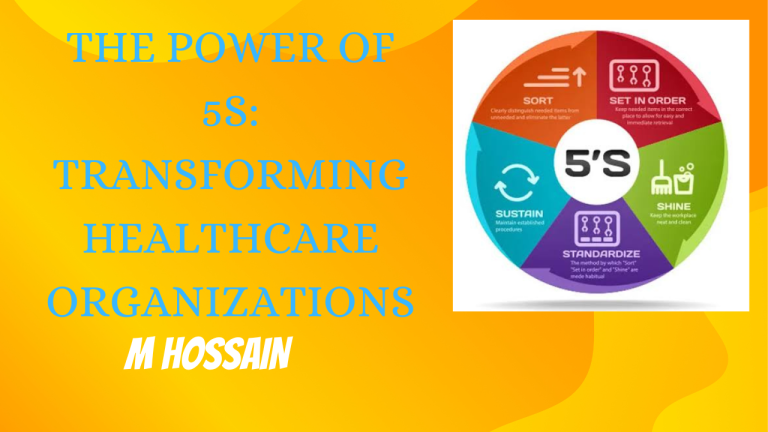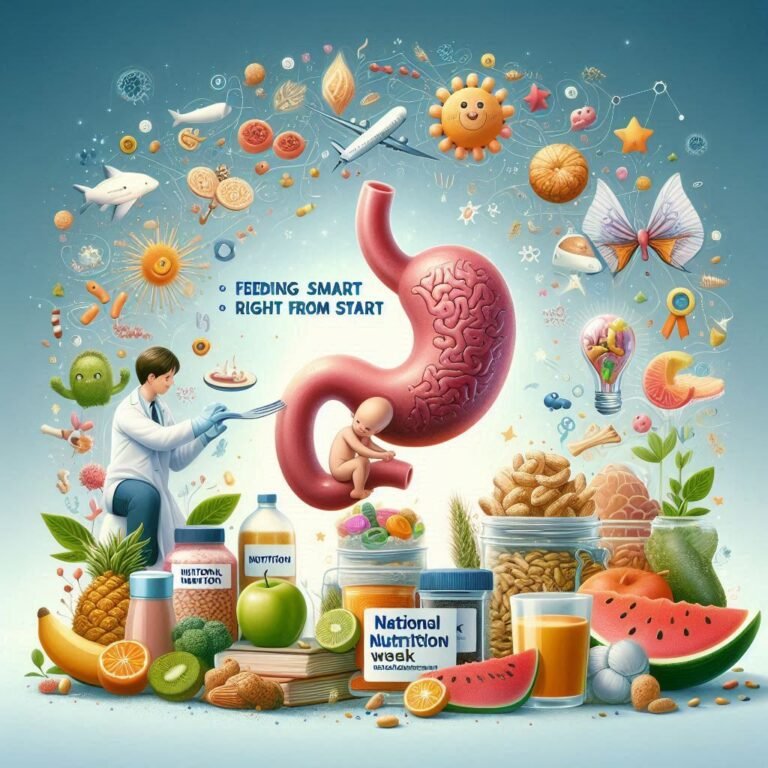In the fast-paced world of healthcare, efficiency and organization are paramount. Healthcare organizations are constantly striving to deliver high-quality care, optimize workflows, and create a safe environment for both patients and staff. One tool that has proven to be highly effective in achieving these goals is the adoption of 5S. Originally developed in Japan for manufacturing, the 5S methodology has gained popularity in various industries, including healthcare. In this article, we will explore how the adoption of 5S can revolutionize healthcare organizations and improve patient outcomes.
Section 1: Understanding the 5S Methodology
To embark on this transformative journey, it’s crucial to grasp the core principles of 5S. The 5S methodology consists of five steps: Sort, Set in Order, Shine, Standardize, and Sustain. Let’s delve into each step:
1. Sort: The first step involves decluttering and removing unnecessary items from the workspace. By sorting through equipment, supplies, and materials, healthcare organizations can optimize their inventory, reduce waste, and create a safer environment.
2. Set in Order: This step focuses on organizing the remaining items in a logical and efficient manner. It involves creating designated storage areas, labeling equipment and supplies, and implementing visual management tools. This enables quick and easy retrieval of items, reduces the risk of errors, and streamlines workflows.
3. Shine: Maintaining cleanliness and hygiene is essential in healthcare. The shine step emphasizes regular cleaning and maintenance of workspaces, equipment, and surfaces. A clean and well-maintained environment not only promotes patient safety but also enhances staff morale and productivity.
4. Standardize: Standardization is key to sustaining the improvements achieved in the previous steps. This involves developing and implementing standardized processes, procedures, and protocols. By establishing clear guidelines, healthcare organizations can ensure consistency, reduce variability, and enhance efficiency across different departments.
5. Sustain: The final step focuses on creating a culture of continuous improvement. It involves training staff, conducting regular audits, and fostering employee engagement. Sustaining the gains made through 5S requires ongoing commitment and a shared sense of responsibility among all members of the healthcare organization.
Section 2: Benefits of 5S in Healthcare Organizations
Now that we have a solid understanding of the 5S methodology, let’s explore the numerous benefits it brings to healthcare organizations:
1. Improved Efficiency: By implementing 5S, healthcare organizations can optimize workflows, reduce waste, and eliminate unnecessary steps. This leads to improved efficiency, shorter patient wait times, and enhanced overall productivity.
2. Enhanced Patient Safety: 5S helps create a safe environment for patients by reducing the risk of errors, improving infection control, and ensuring the availability of essential equipment and supplies. A clutter-free and well-organized workspace minimizes the chances of accidents and promotes patient safety.
3. Increased Staff Satisfaction: A clean, organized, and standardized work environment positively impacts staff morale and satisfaction. When healthcare professionals have easy access to necessary tools and resources, they can focus more on providing quality care to patients, leading to higher job satisfaction.
4. Cost Reduction: The implementation of 5S can result in cost savings for healthcare organizations. By eliminating waste, reducing excess inventory, and optimizing processes, organizations can achieve financial benefits and allocate resources more efficiently.
5. Quality Improvement: 5S is closely linked to quality improvement initiatives such as Lean and Six Sigma. By promoting standardization, eliminating defects, and encouraging continuous improvement, healthcare organizations can enhance the quality of care delivered to patients.
Section 3: Case Studies of Successful 5S Implementation in Healthcare
Real-life examples often serve as powerful motivators. Here are a few case studies that highlight the successful adoption of
5S in healthcare organizations:
1. By implementing 5S in their operating theater, the Hospital improved surgical team efficiency, reduced patient wait times, and increased overall patient satisfaction scores.
2. Tge Clinic embraced 5S in their administrative areas, resulting in streamlined processes, reduced paperwork errors, and improved staff collaboration.
(Name are not used due to companies policy )
Conclusion:
The adoption of 5S in healthcare organizations holds immense potential to revolutionize the way care is delivered. By incorporating the principles of Sort, Set in Order, Shine, Standardize, and Sustain, healthcare organizations can enhance efficiency, patient safety, staff satisfaction, and overall quality of care. So, let’s embrace the power of 5S and transform healthcare together







4 Responses
Good steps for health care sector.
Thank u sir. Very knowledgeable facts. Please provide such type of knowledge so we can grow in our job sector.
How to go about implementing 5S in crash cart
As a healthcare administrator, i thing this article is very helpful for healthcare professional and it is a best notes about 5s.